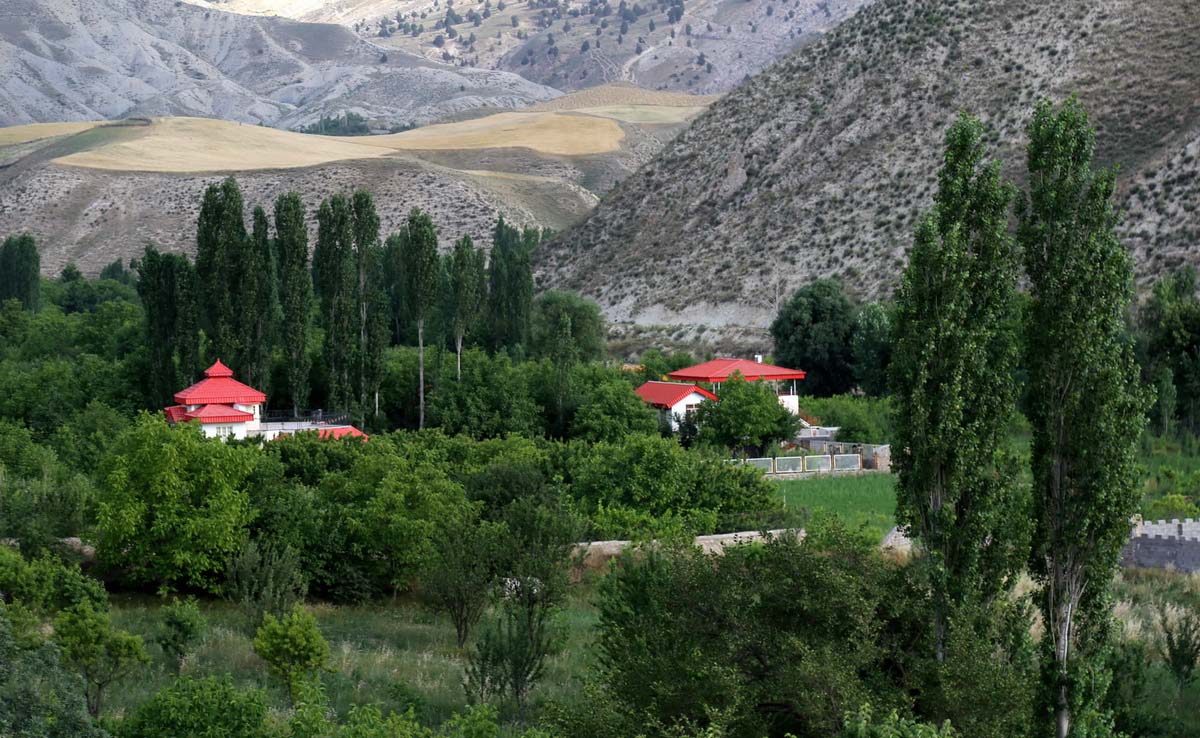Over the past decades, excessive construction of villas and housing quarters in the coastal areas and woodlands in the three northern provinces of Gilan, Mazandaran, and Golestan have inflicted immense harm on the landscape and natural beauty of the region.
Plans, policies and efforts of various types to stop the apparently illegal constructions by real estate mafia land sharks have produced nothing of value.
What is more striking is that demand for villas by non-residents (mostly rich Tehran residents) in the northern regions close to the Caspian Sea and beyond have been of the ascending order.
In June 2015 the government instructed the Supreme Council of Architecture and Urban Development to find ways to curb the alarming rate of villa construction in and around the lush northern forests, the Financial Tribune’s sister publication Donya-e-Eqtesad reported.
The Rouhani administration last week announced its decision based on a nine-month study conducted by the influential council. Four ministries and two organizations are now responsible for proposing practical measures to save the northern woodlands or whatever is left of it.
Ministries of agriculture, roads and urban development, interior, and justice, as well as the Department of Environment and the Housing Foundation have been asked to use their legal authority to address the problem.
As per the government ruling, the ministries of agriculture and roads and urban development have been put in charge of identifying national and state-owned lands suitable for construction of residential townships and villas in the next six months.
After the plan’s implementation, construction permits for non-residents will be issued only in specific and authorized areas.
To help protect and preserve the rapidly disappearing forests, the Ministry of Roads and Urban Development has been asked to develop solutions to encourage builders to construct multi-storied houses rather than single-story villas.
Governors in all three northern provinces have been told to strictly enforce the implementation of housing rules and regulations and put an end to the illegal constructions.
Denying basic utilities such as potable water and electricity to illegally built houses is among the policies outlined in the new directive. To what extent the latest push against the land mafia will be successful remains to be seen.
Serious Cause for Concern
Excessive construction on agricultural lands and paddy fields has become a serious cause of nationwide concern. This problem of epic proportions is nowhere more conspicuous than in the once eye-catching rural areas of the Caspian province of Mazandaran.
Currently, about 43% of the residential units in this green province are located in villages, while the national average is about 24%. The population of Mazandaran has increased from 2.9 million in 2006 to 3.2 million in 2016. During this period alone the ratio of village homes to city residencies has grown by 4% in the province.
Environmentalists say the total forest area in Iran has dwindled from 18 million hectares to 14 million hectares over the not too distant past.
In spite of the tourism potential of some projects underway in the northern regions, experts fear the excessive constructions will result in the irreversible loss of the region’s rich biodiversity, including hundreds of plant species, as well as leopards, boars and wild sheep that have long joined the expanding list of Iran’s endangered species.
Environmentalists and friends of the Earth have warned against the destructive pattern of home and villa constructions operations. But the expensive villas are being built as the norm in the once world famous pristine forests. Why? Because whatever stringent policies state bodies impose to uphold the rule of law, those “who know the value and worth of money” find ways to circumvent it.


